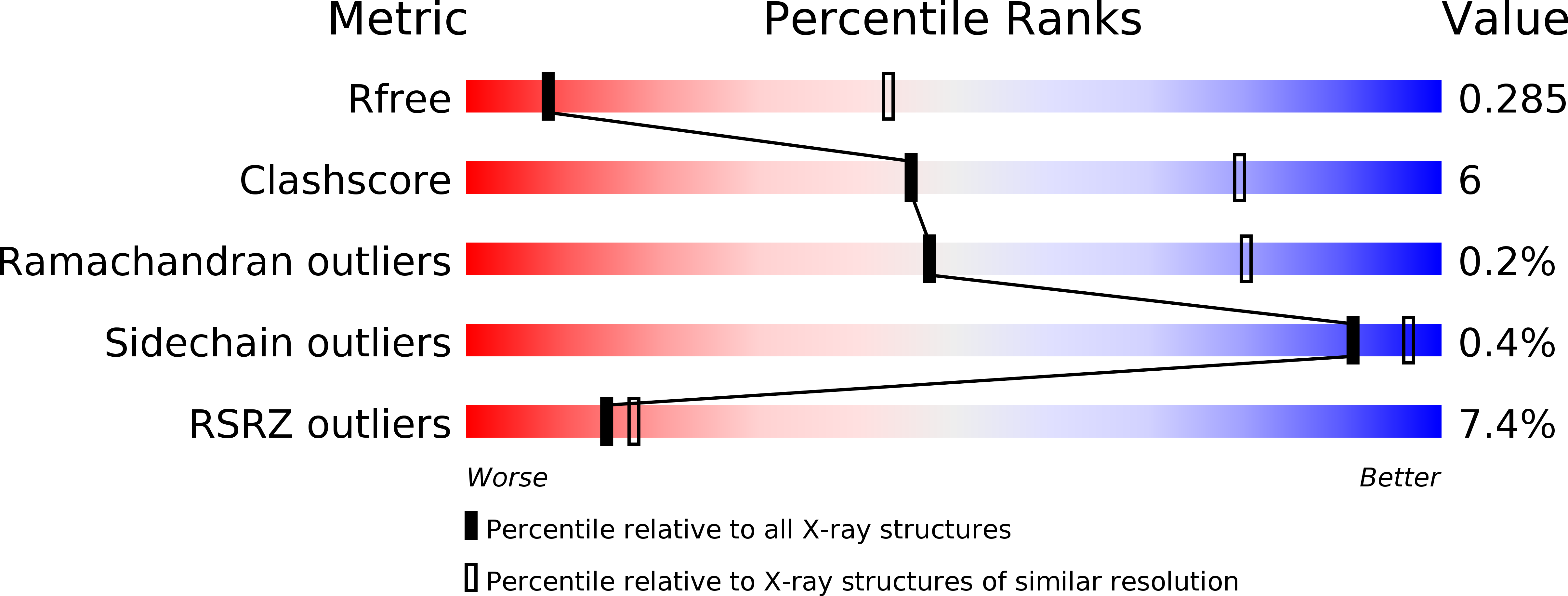
Deposition Date
2017-04-14
Release Date
2018-06-13
Last Version Date
2024-11-20
Entry Detail
PDB ID:
5XGL
Keywords:
Title:
Co-crystal structure of Ac-AChBPP in complex with alpha-conotoxin LvIA
Biological Source:
Source Organism:
Aplysia californica (Taxon ID: 6500)
Conus lividus (Taxon ID: 89426)
Conus lividus (Taxon ID: 89426)
Host Organism:
Method Details:
Experimental Method:
Resolution:
3.44 Å
R-Value Free:
0.28
R-Value Work:
0.23
R-Value Observed:
0.24
Space Group:
P 21 21 21


